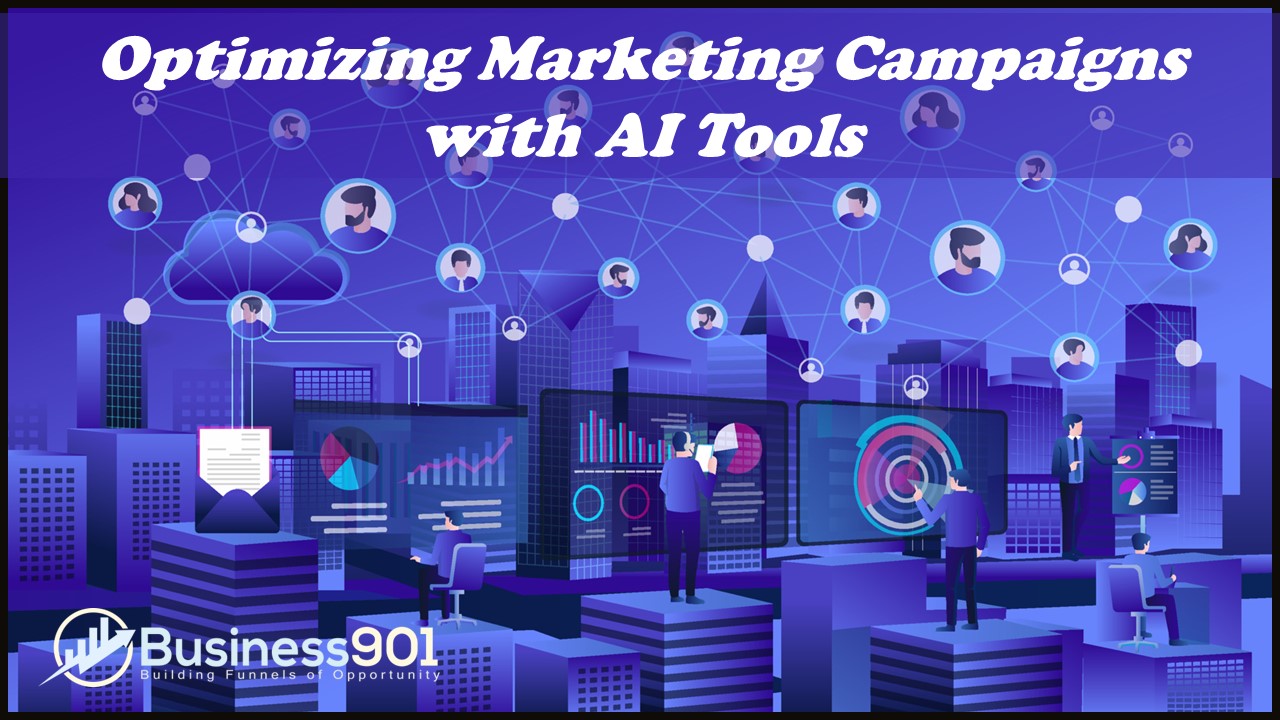Marketing teams can use artificial intelligence (AI) tools to target and personalize campaigns more effectively, resulting in increased conversions and sales. Several AI-powered marketing platforms can help you better understand your customer base and target them with more relevant content. AI tools can also help you create more personalized content and ad campaigns and automate email marketing and social media interactions. In today’s world, data is everywhere. Businesses must be able to quickly analyze large amounts of data to identify trends and make better decisions. Data analysis can be used in various ways, such as forecasting sales, identifying customer trends, and improving marketing strategies. There are several different ways to analyze data, but some of the most popular methods include regression analysis, time series analysis, and clustering.
- Regression analysis is used to identify the relationships between different variables.
- Time series analysis is used to identify trends over time.
- Clustering is used to group data into different categories.
Once data is analyzed, businesses can use the information to make informed decisions. For example, if a business is interested in improving its sales, it might use data analysis to identify which products are selling well and which are not. It might also use data analysis to identify which marketing campaigns are the most successful and which are not. Data analysis is also useful for improving customer service. For example, businesses can use data analysis to identify common customer complaints and then work to address these complaints. Businesses can also use data analysis to identify popular products and services and then focus on promoting these products and services. Data analysis is a valuable tool for businesses and can be used in various ways to improve business performance. Businesses can make better decisions and ultimately achieve better results by analyzing data. Adopting AI-driven marketing tools can help optimize campaigns and improve return on investment. These tools can learn customer behavior and preferences to deliver more relevant content and messages. Additionally, AI can help identify opportunities and optimize campaigns in real-time, resulting in better customer engagement and ROI.
Most people only use a fraction of the data they have access to daily. By unlocking the hidden possibilities within contextual data, you can gain a competitive edge and open up new opportunities for success. Contextual data is all around us, but we often don’t realize it because we’re not looking for it. Every scrap of information we encounter as we go about our day can inform our decisions and help us better understand the world around us. The most successful people are the ones who can get the most out of the contextual data available to them. There are a number of ways to unlock the hidden possibilities within contextual data. Here are a few tips:
- Pay attention to your surroundings: One of the best ways to get the most out of contextual data is to pay attention to your surroundings. Keep your eyes open for ads, billboards, and other forms of marketing that you might not normally pay attention to. By observing your surroundings, you can better understand what’s happening in the world around you.
- Use all of your senses: In addition to paying attention to your surroundings, you should also use all of your senses to get the most out of contextual data. Listen to the conversations around you, and pay attention to the types of things people are talking about. Notice how people are dressed, and try to get a sense of the latest trends. You can better understand the world around you by using all of your senses.
- Look for patterns: Another way to unlock the hidden possibilities within contextual data is to look for patterns. Pay attention to the things happening in your life regularly, and try to find relationships between different events. By identifying patterns, you can better understand how the world works and how to navigate it best.
Contextual data can be a powerful tool for success, but only if you know how to use it. Following the tips above, you can unlock the hidden possibilities within contextual data and gain a competitive edge in your field.
Accelerating With Edge-Based Processing and Federated Learning: Edge-based processing and federated learning are two ways to speed up machine learning (ML) algorithms. In edge-based processing, the processing is done on the devices closest to the data, while federated learning allows training data to be distributed among multiple devices. Both methods have advantages and disadvantages. Edge-based processing can reduce the amount of data that needs to be sent to a centralized processing facility, which can speed up the overall process. Federated learning can be used to reduce the amount of data that needs to be sent to the training server, which can speed up the training process. However, edge-based processing can be more difficult to set up and maintain, and federated learning can be more difficult to train models. In addition, edge-based processing can be less effective in some situations, and federated learning can be less effective when there is insufficient data. Overall, edge-based processing and federated learning can speed up ML algorithms, which are worth considering when designing an ML system.

